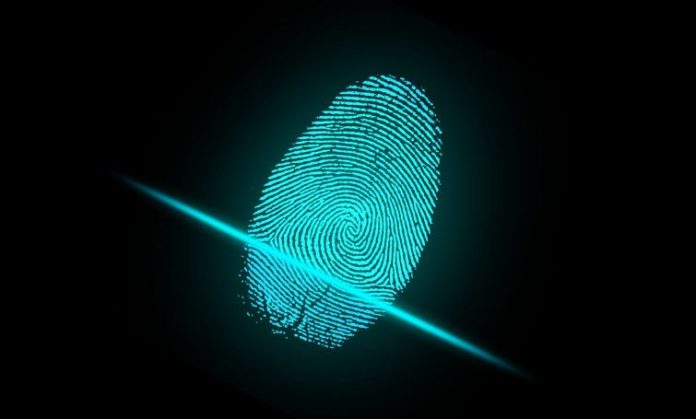Far too many businesses in today’s world don’t take cybersecurity as seriously as they should. Even those that do still suffer high breach rates, which is unsurprising, given the sophisticated and ever-evolving tactics cybercriminals deploy to attack organizations and steal their valuable digital assets.
Experts estimate an average of 30,000 websites are hacked every day, with one company victim experiencing a cyberattack every 39 seconds. Couple these statistics with 60% of organizations globally having fallen victim to at least one cyberattack, and the curtain unveils this problem as one that’s not as rare as many naïve business owners may assume.
However, cyberattacks don’t have to be inevitable; proper cybersecurity risk assessment and application help clamp down on breaches by identifying potential cybersecurity hazards and planning and executing complex defenses to avert, mitigate, and transfer threats. Still, the complicated nature of cybersecurity management and the transforming cybercriminal arena mean some businesses are too lax – so what can they do to prevent attacks?
IT Environment and Asset Knowledge
Full knowledge of an organization’s IT assets and environments is fundamental to effective cybersecurity. Sectors such as data, digital assets and systems, networks, BYOT devices, endpoints, third-party services, external components, and technology must be part of cyber security plans and risk profiles.
Management and Monitoring of Digital Assets and Security
Additionally, it’s not simply a case of formulating a plan, effectuating that plan, and leaving it to run. Companies must continuously monitor their cyberspace and assets, with sites organisations like Panaseer offering excellent solutions for this critical ongoing task. Businesses have to stay on top of it if they are to maximize security and everything else under the umbrella of IT. In doing so, organizations – big and small – can unify their resources, easily monitor them, and safeguard their precious business-critical assets
Uphold Strict Security Protocols
For fruitful cybersecurity risk mitigation, intuitive measures are crucial – and they need to be upheld by everyone within the company. Ultimately, a business’s cybersecurity model is only as strong as its weakest link; it takes only one careless move to let would-be hackers in. As such, every employee needs in-depth training on all the turning cogs and must adhere to them – even those working remotely.
Foundational security protocols to consider include:
- Intelligent firewalls at the edge of the network to monitor traffic, provide real-time, actionable insights, and 24/7 security that defends against both new and old threats
- Stringent authentication policies and access controls
- Automated patching
- Security processes and protocols applied to all company IT devices as well as those used by remote workers – and this also includes BYOT devices
- Ensure constant backups and updates of everything in the company’s digital department
- Systems and data consolidation into one source – siloed and scattered and siloed data are notoriously more challenging to observe and guard
Conclusion
Cyber security risk management is paramount in the modern digital age. While many organizations all too often let theirs slide, they do so at their peril. In a sphere chock-full of digital menace – with cyber attackers constantly adapting their ways to outsmart the latest security provisions – companies must keep afloat in the sea of cyberspace, lest they succumb to the avoidable whims of online criminals.
In spite of these digital dangers, companies can stay in the driver’s seat; by acquiring IT savvy and using smart, uniform management systems to prioritize threats and apply appropriate security controls that minimize their effect, organizations the world over can better protect themselves from the relentless and unforgiving digital Wild West.



























